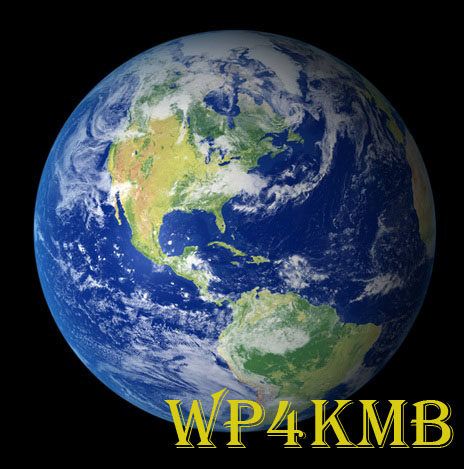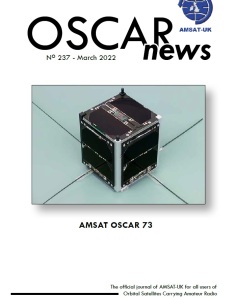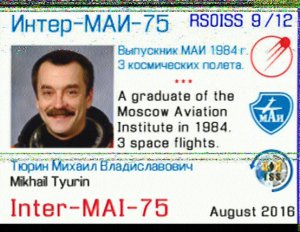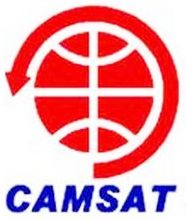ARISS SSTV Event April 11-13
ARISS SSTV Event April 11-13
 An ARISS Slow Scan TV (SSTV) event is scheduled from the International Space Station (ISS) April 11-13 on 145.800 MHz FM to celebrate Cosmonautics Day and Women in Space
An ARISS Slow Scan TV (SSTV) event is scheduled from the International Space Station (ISS) April 11-13 on 145.800 MHz FM to celebrate Cosmonautics Day and Women in Space
The event is slated to begin on April 11 at 16:30 UTC for setup and operation and continue until April 13 ending at 12:00 UTC. These times are tentative and are subject to change due to crew availability.
Images will be downlinked at 145.8 MHz +/- 3 KHz for Doppler shift and the expected SSTV mode of operation is PD-120.
The theme for this event will be celebrating Cosmonautics Day and Women in Space.
Radio enthusiasts participating in the event can post and view images on the ARISS SSTV Gallery at https://www.spaceflightsoftware.com/ARISS_SSTV/
Source ARISS
The signal should be receivable even on a handheld with a 1/4 wave whip. If your rig has selectable FM filters try the wider filter for 25 kHz channel spacing.
You can get predictions for the ISS pass times at https://www.amsat.org/track/
ARISS SSTV Blog https://ariss-sstv.blogspot.com/
Useful SSTV info and links https://amsat-uk.org/beginners/iss-sstv/
m5aka
AMSAT-UK
Powered by WPeMatico





